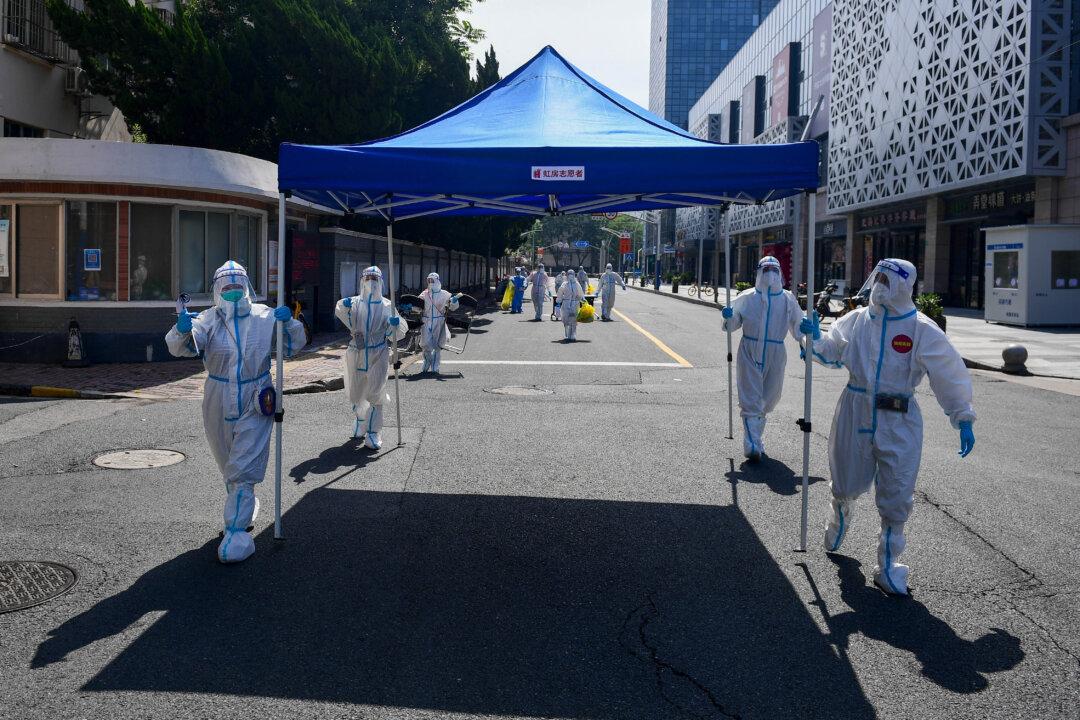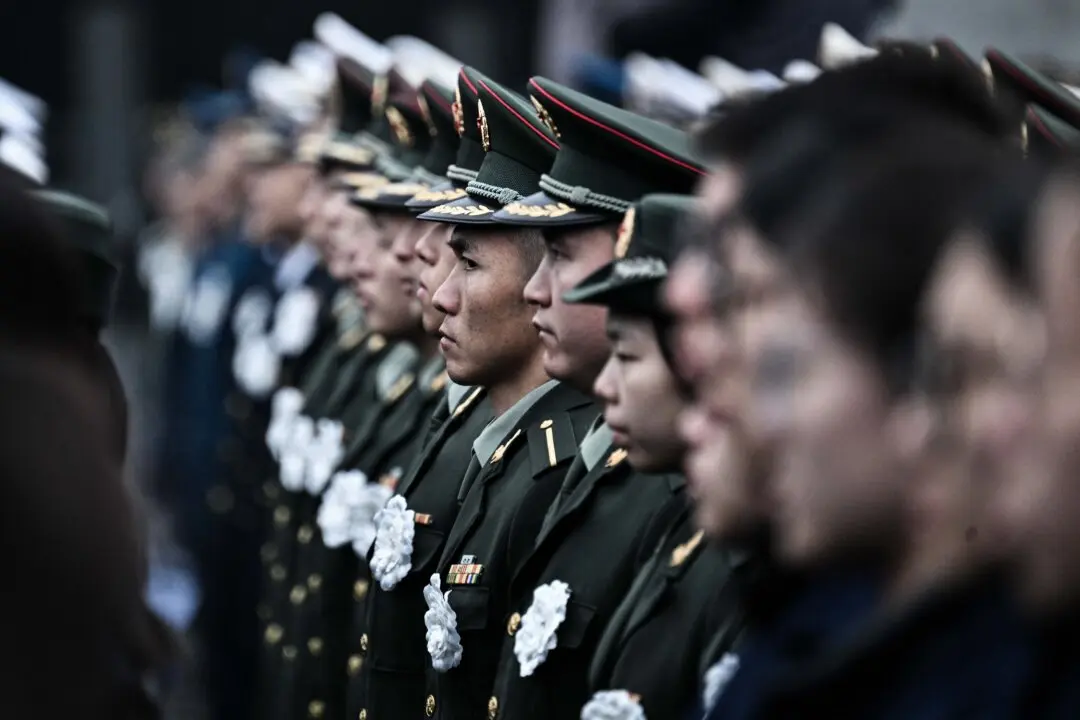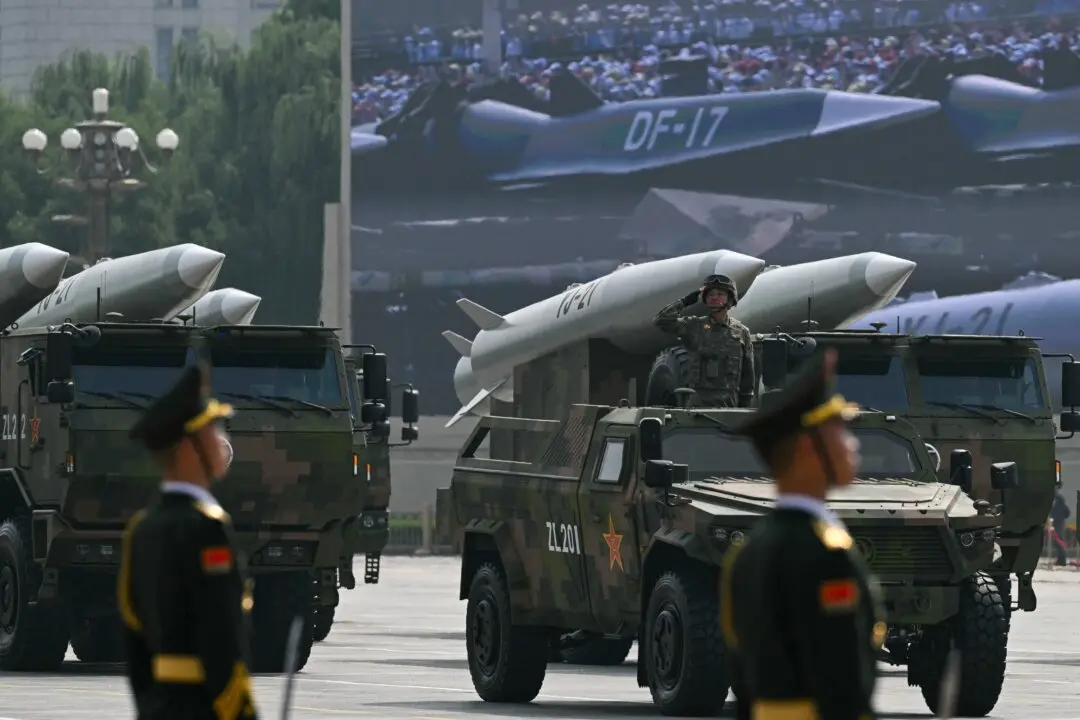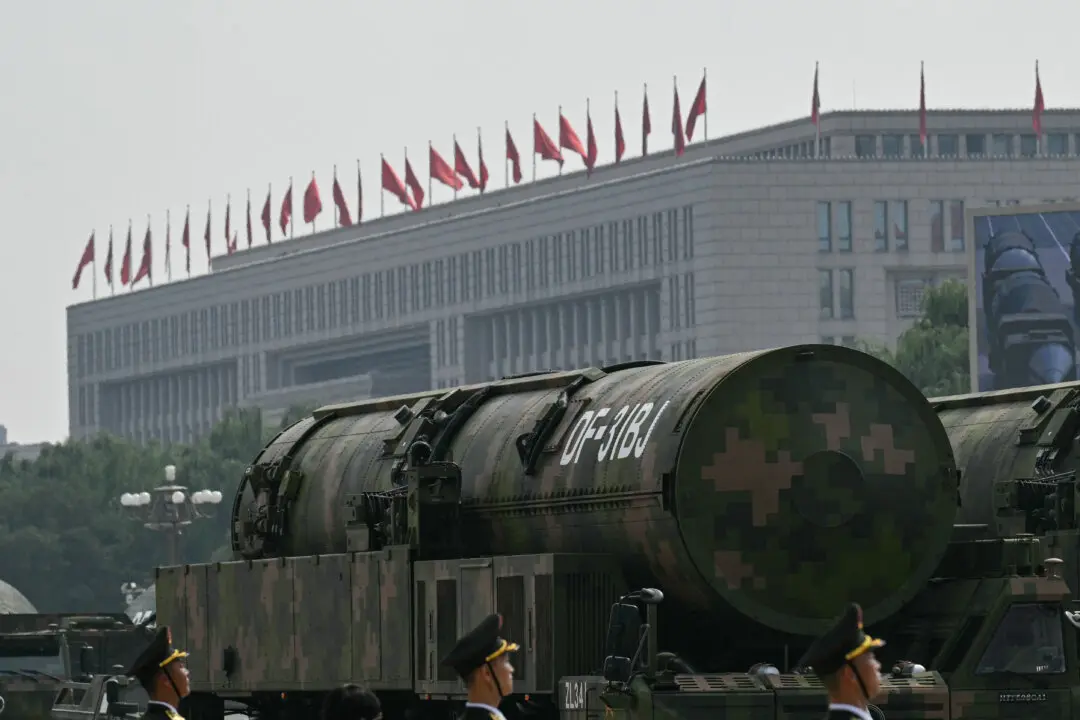China’s economy is paying the price of the communist regime’s “zero-COVID” policy that has placed tens of millions of people across the country under lockdown, with retail sales and factory production sliding to their worst level since the onset of the pandemic.
The National Bureau of Statistics on May 16 released April’s economic data, which showed declines even steeper than economists had expected.




